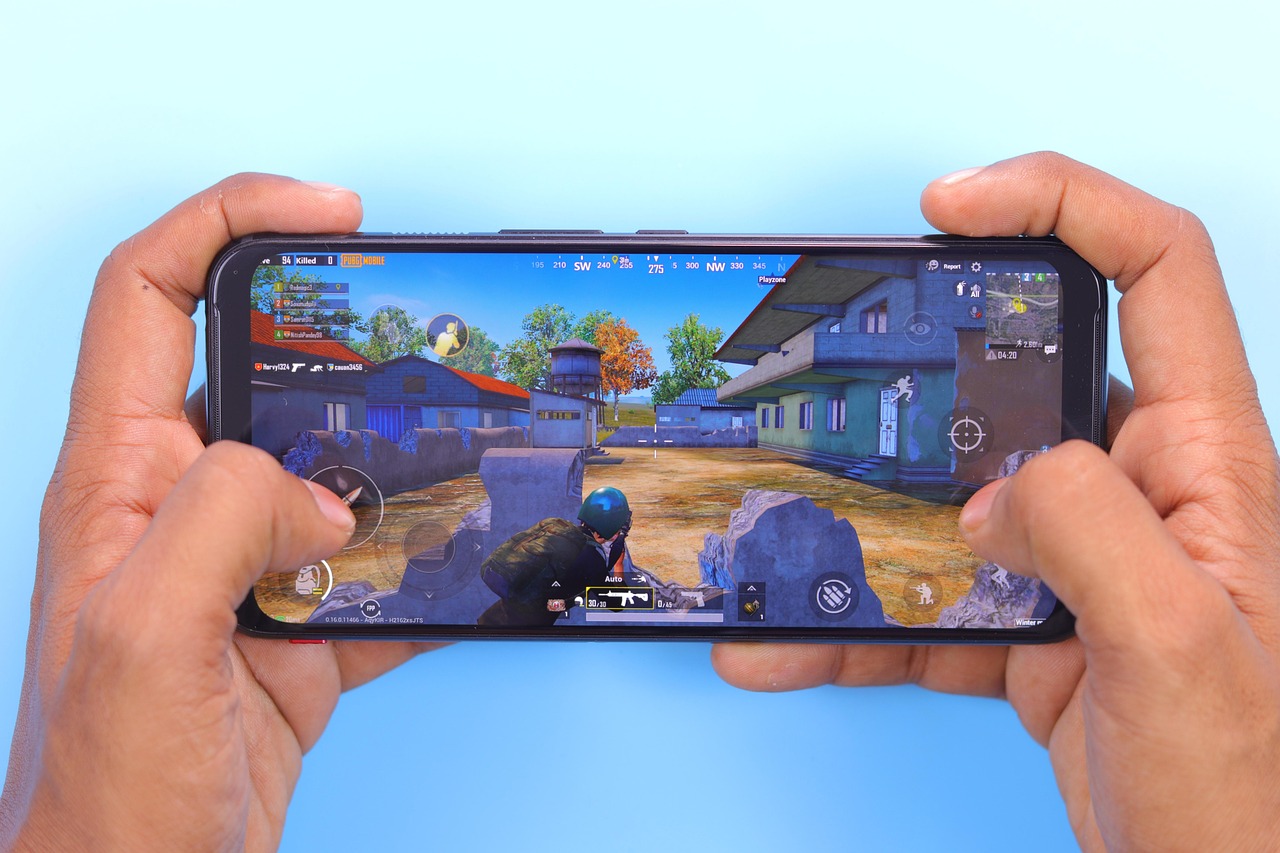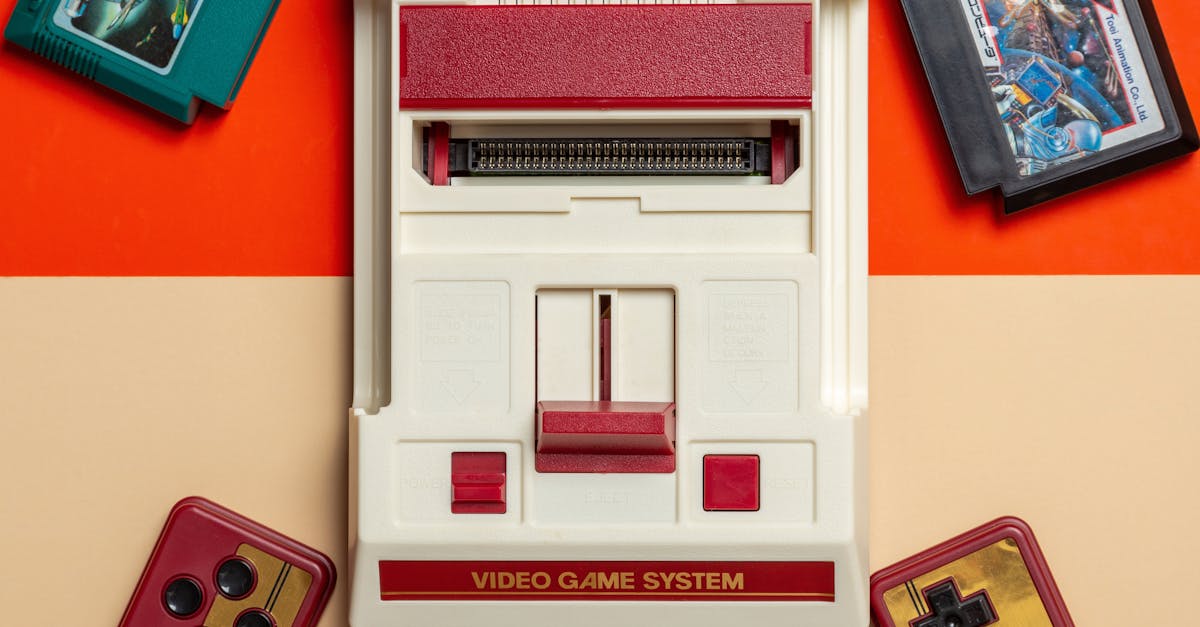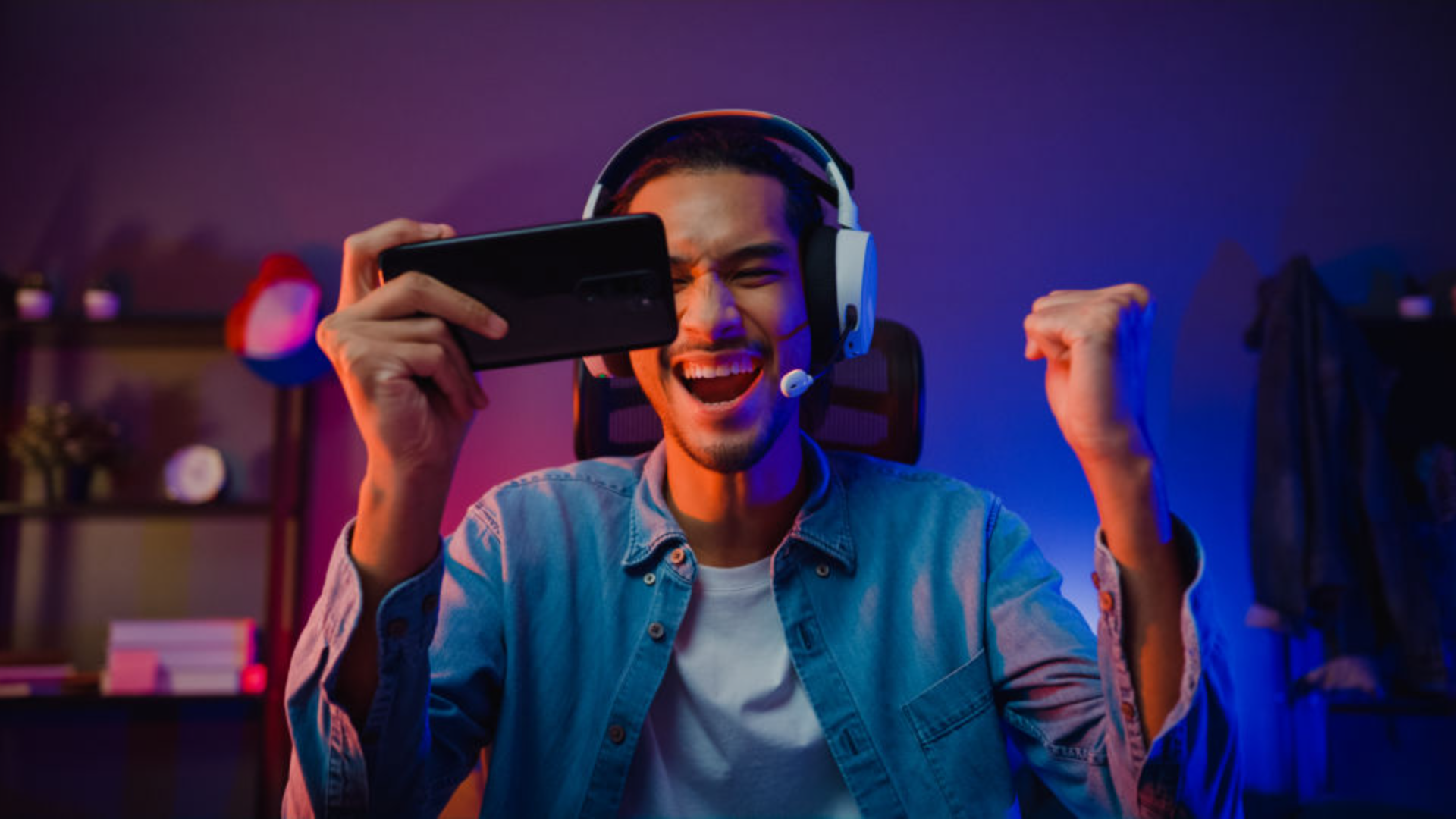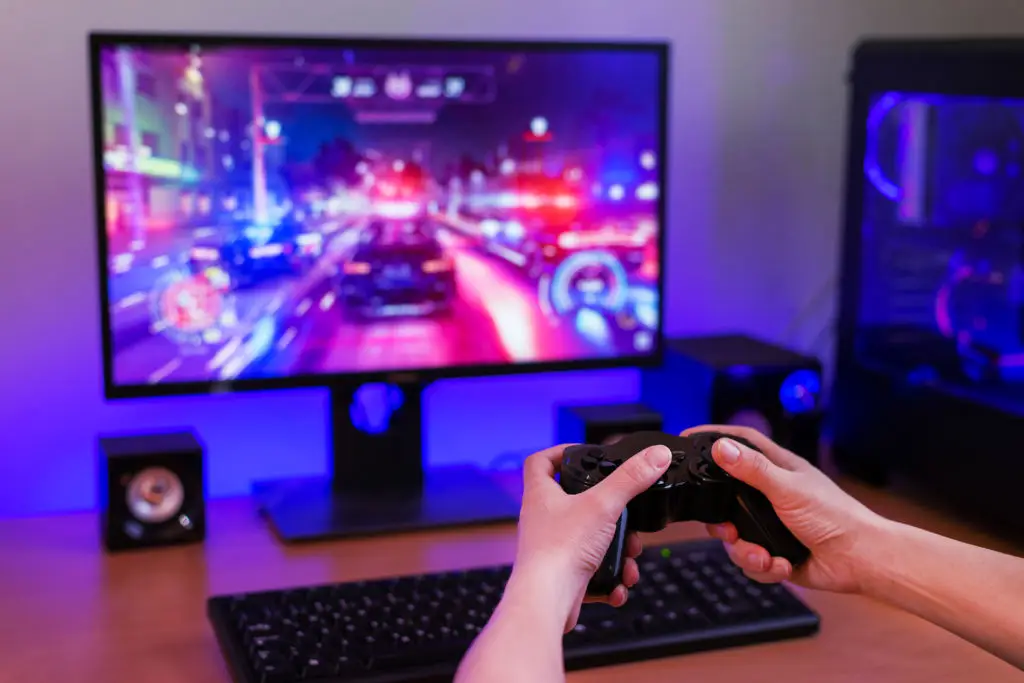There’s a moment in every gamer’s journey that burns itself into memory—not a victory screen, but a boss fight. The kind that makes your palms sweat, your heart race, and your thumbs ache. Boss battles aren’t just challenges; they’re rites of passage. From 8-bit nightmares that haunted your childhood to today’s cinematic clashes that feel more like war than play, these showdowns are where games prove their worth—and so do players. They’ve sparked friendships, rivalries, memes, and midnight rematches. And while graphics have evolved and mechanics have grown more complex, the thrill of squaring off against an unbeatable foe remains timeless. In this list, we spotlight 10 legendary boss battles that didn’t just raise the bar—they became the bar. These are the fights that redefined frustration, glory, and the very meaning of “Game Over.” Ready to relive the moments that made (and broke) us? Let’s begin.
1. The Dawn of Boss Battles: Bowser in Super Mario Bros.
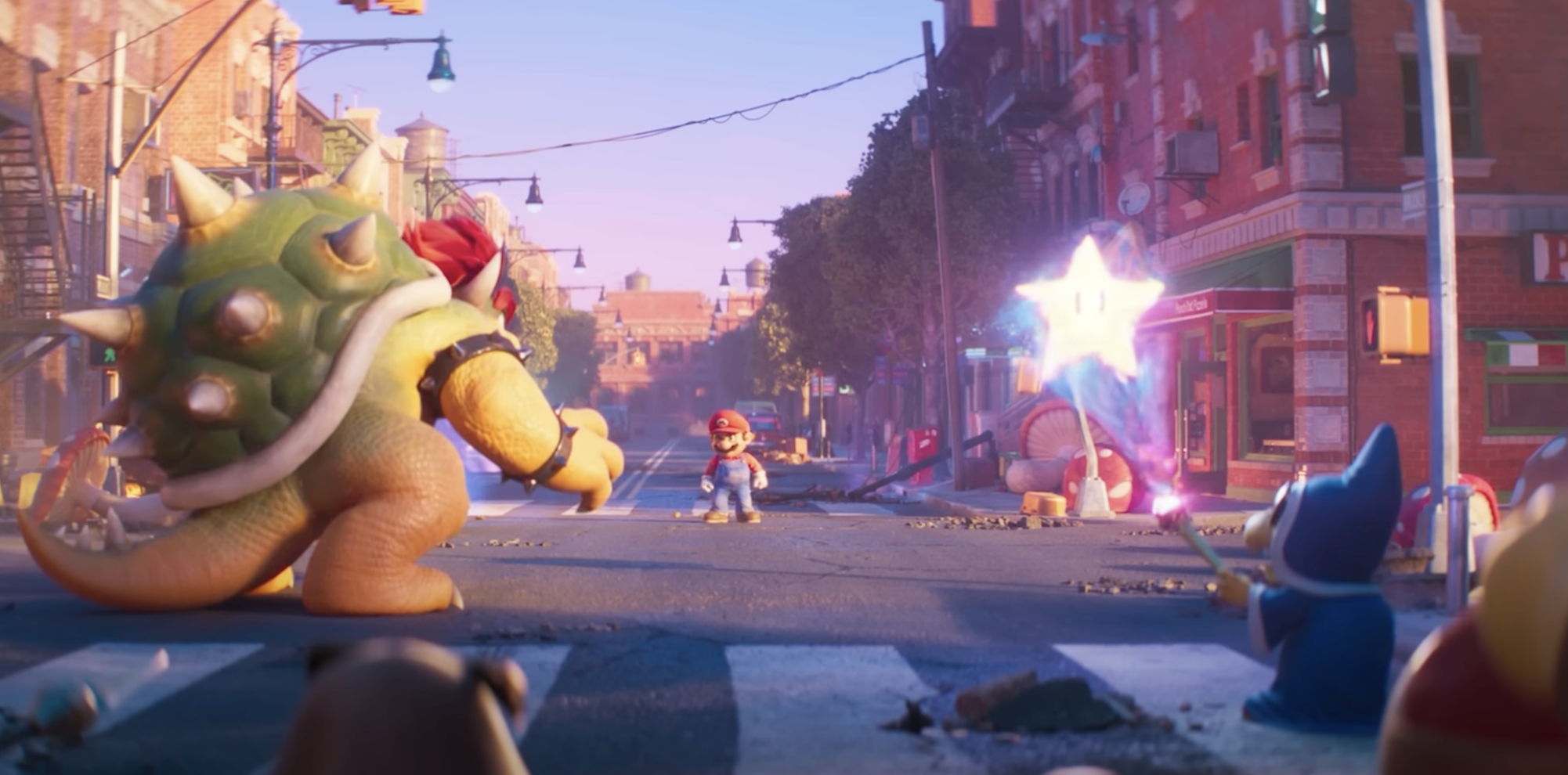
The original Super Mario Bros., released in 1985, introduced players to Bowser, the fire-breathing Koopa King. As the final obstacle in each world, Bowser represented a significant leap in difficulty from the standard Goombas and Koopa Troopas. His presence was a masterclass in tension-building, with the music crescendoing as players approached his lair. Bowser’s defeat required not just precision but also strategy, setting a new standard for what boss battles could be. This encounter laid the groundwork for future games, proving that a well-designed boss could elevate the entire gaming experience.
2. The Psychological Warfare of Psycho Mantis in Metal Gear Solid
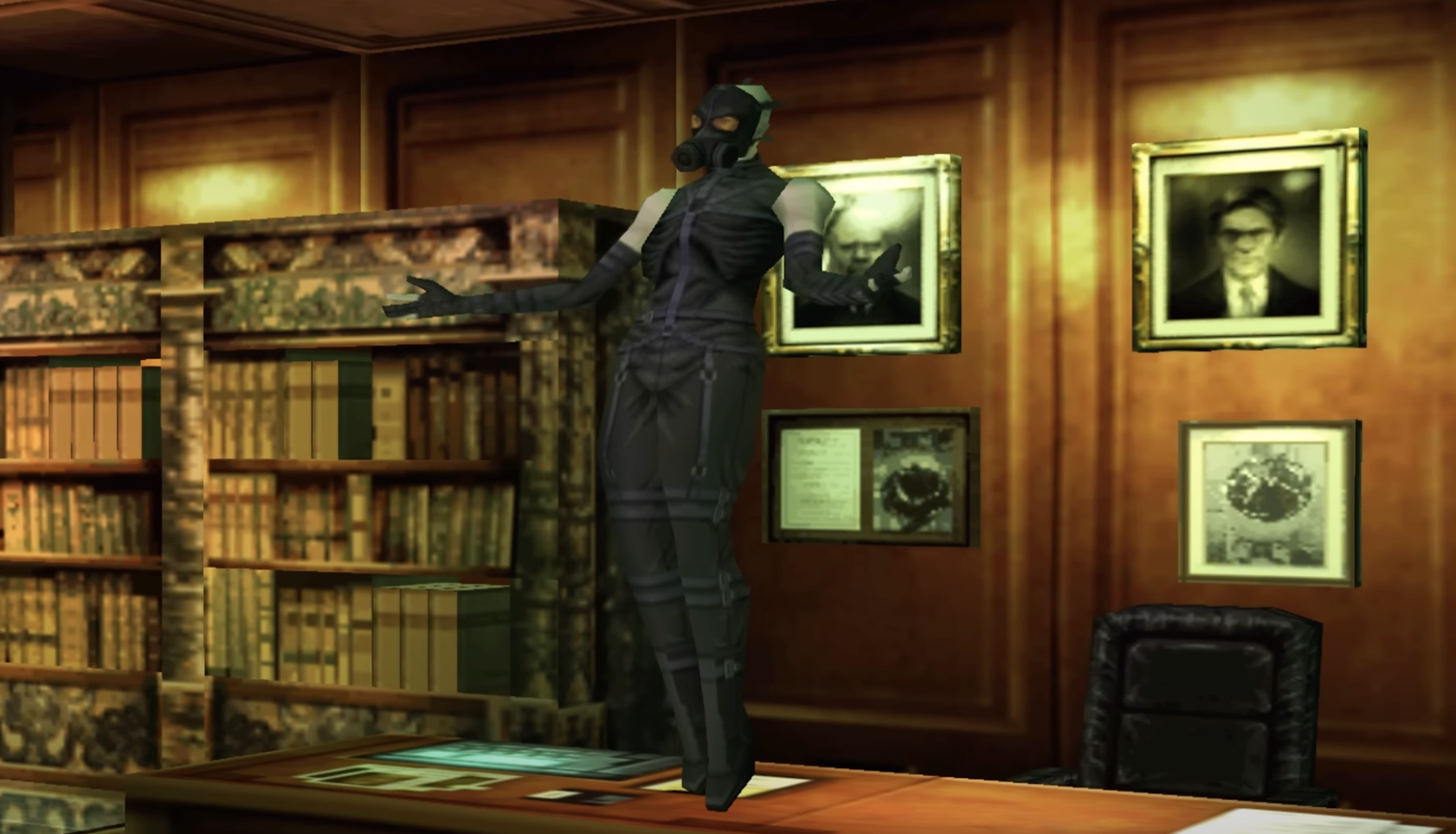
In 1998, Metal Gear Solid introduced players to Psycho Mantis, a boss fight that broke the fourth wall and redefined player interaction. Known for reading the player's memory card and making the controller vibrate, Mantis's psychological tricks left a lasting impression. Players had to switch controller ports to defeat him, a move that was both innovative and unsettling. This battle highlighted the potential of video games to engage players on a deeper level, using mind games as a tool to enhance storytelling and gameplay immersion.
3. The Cinematic Showdown: Sephiroth in Final Fantasy VII
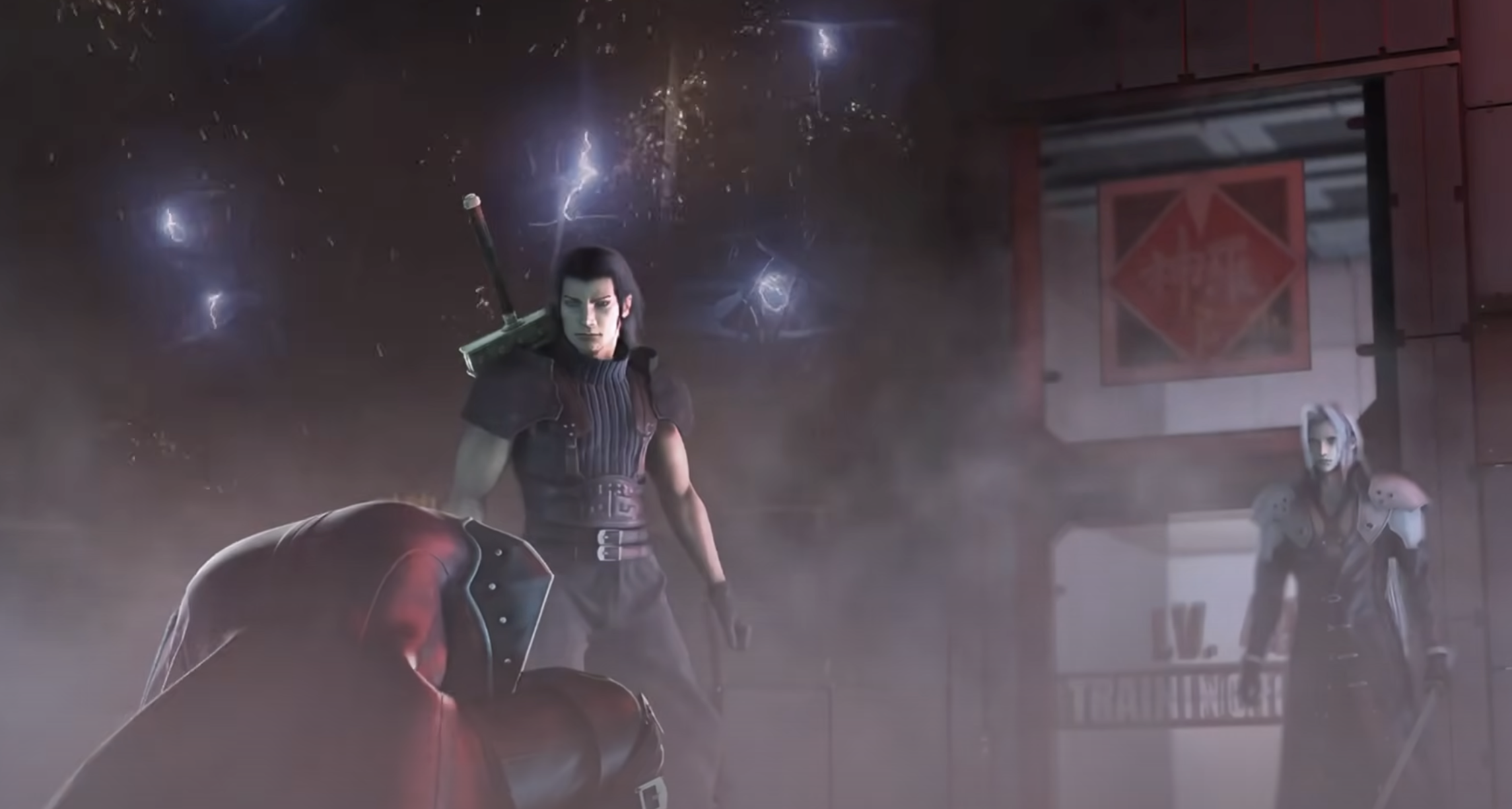
Sephiroth’s battle in Final Fantasy VII is iconic not just for its difficulty but for its narrative weight. Released in 1997, this RPG set a new standard for storytelling in games. The final confrontation with Sephiroth, set to the haunting "One-Winged Angel," is a culmination of emotional investment and strategic gameplay. Players were not just fighting a boss; they were engaging in a narrative climax that had been building throughout the game. This battle underscored the importance of integrating story and gameplay, influencing countless RPGs that followed.
4. The Art of Patience: Ornstein and Smough in Dark Souls
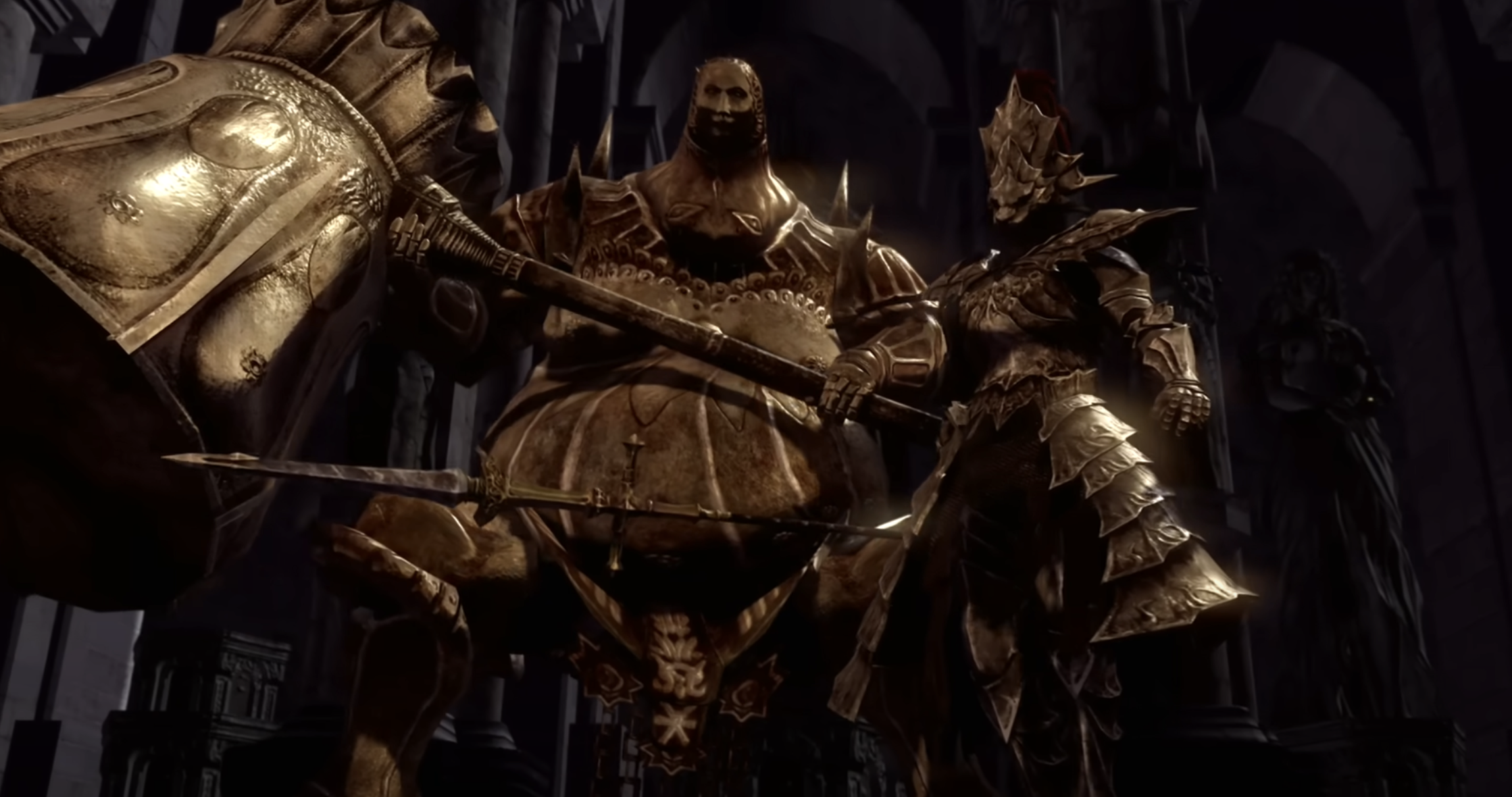
Dark Souls, released in 2011, is famed for its punishing difficulty, and the duo of Ornstein and Smough epitomizes this challenge. Players faced a relentless assault that required not only skill but also patience and adaptability. This battle became a rite of passage for players, embodying the game’s philosophy of learning through failure. The legacy of Ornstein and Smough lies in their ability to teach players the value of perseverance, a lesson that transcends the game itself and echoes through the design of modern challenging games.
5. The Evolution of Mechanics: Ganon in The Legend of Zelda: Ocarina of Time
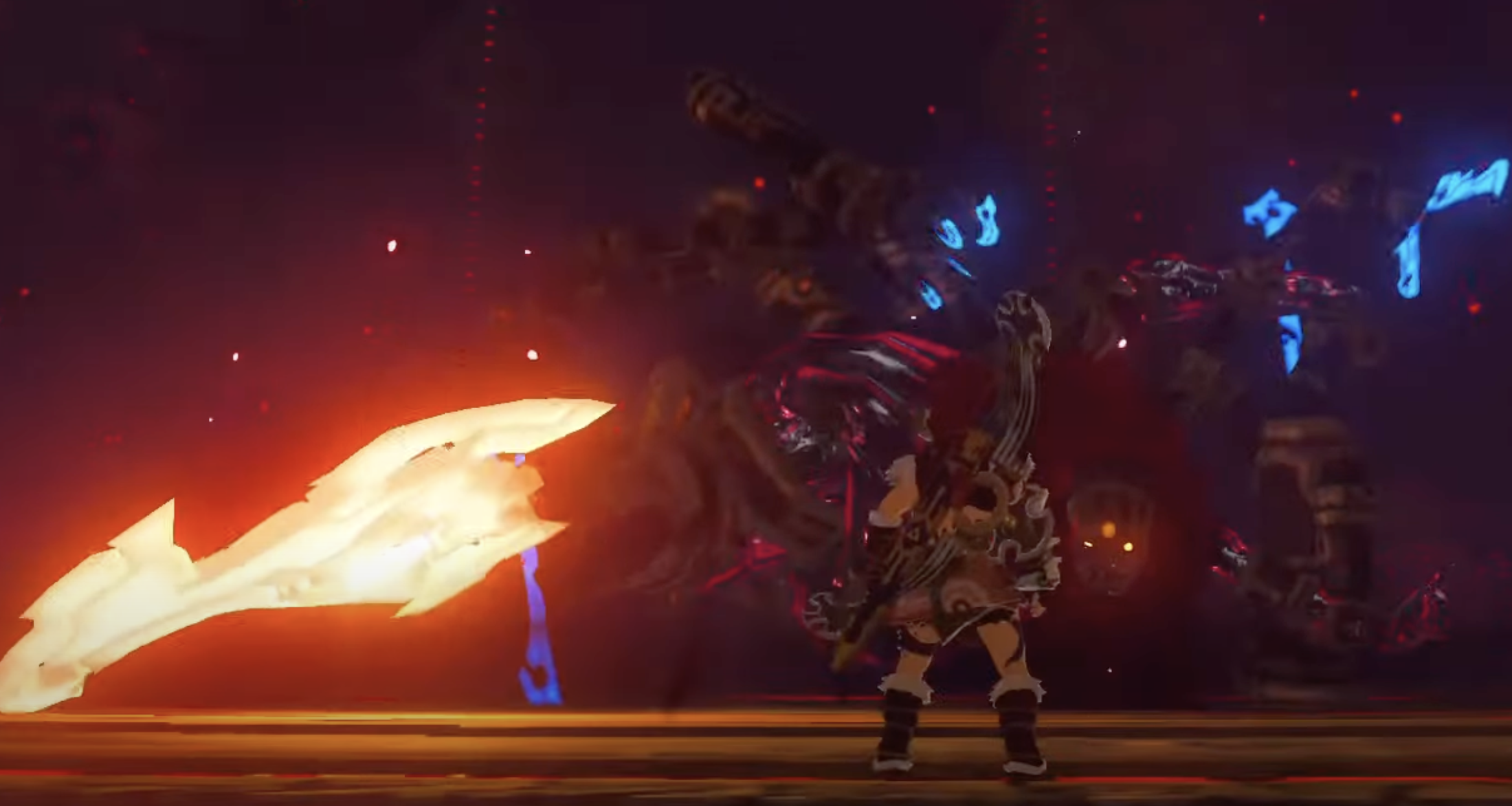
Ganon’s battle in Ocarina of Time, released in 1998, was a landmark in 3D gaming. This encounter utilized the innovative Z-targeting system, allowing players to lock onto enemies in a three-dimensional space. The battle seamlessly integrated this mechanic, demonstrating how new technology could enhance gameplay. Ganon's defeat required mastery of both swordplay and puzzle-solving, a combination that became a staple in action-adventure games. This evolution in mechanics set a precedent for future games, emphasizing the importance of innovation in boss design.
6. The Emotional Rollercoaster: The Boss in Metal Gear Solid 3: Snake Eater
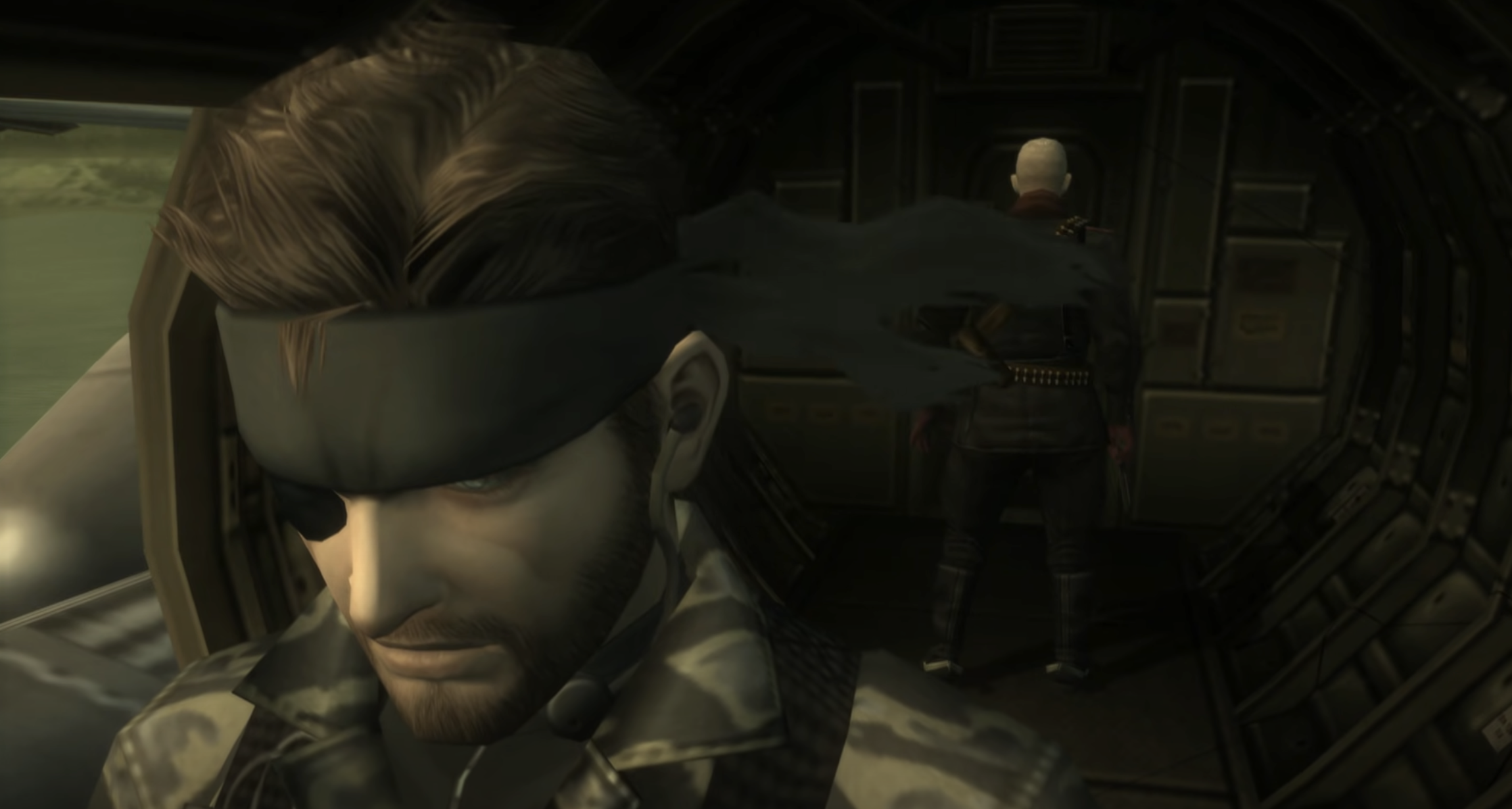
The battle against The Boss in Metal Gear Solid 3: Snake Eater is as much an emotional experience as it is a physical challenge. Released in 2004, this encounter forced players to confront themes of loyalty, betrayal, and sacrifice. The Boss, a mentor figure, embodied the complex narrative that the Metal Gear series is known for. Her defeat was a poignant moment that left players questioning the morality of their actions. This battle demonstrated the power of video games to evoke deep emotional responses, enhancing the narrative depth of the medium.
7. The Technological Marvel: The Colossi in Shadow of the Colossus

Shadow of the Colossus, released in 2005, redefined boss battles by making them the sole focus of the game. Each Colossus was a towering puzzle, requiring players to explore and exploit their weaknesses. The scale and design of these creatures were a technological marvel, pushing the limits of the PlayStation 2. The game’s minimalist narrative and breathtaking visuals created an experience that was both epic and intimate. The Colossi battles emphasized the art of storytelling through gameplay, influencing the design of future open-world and action-adventure games.
8. The Cultural Phenomenon: M. Bison in Street Fighter II
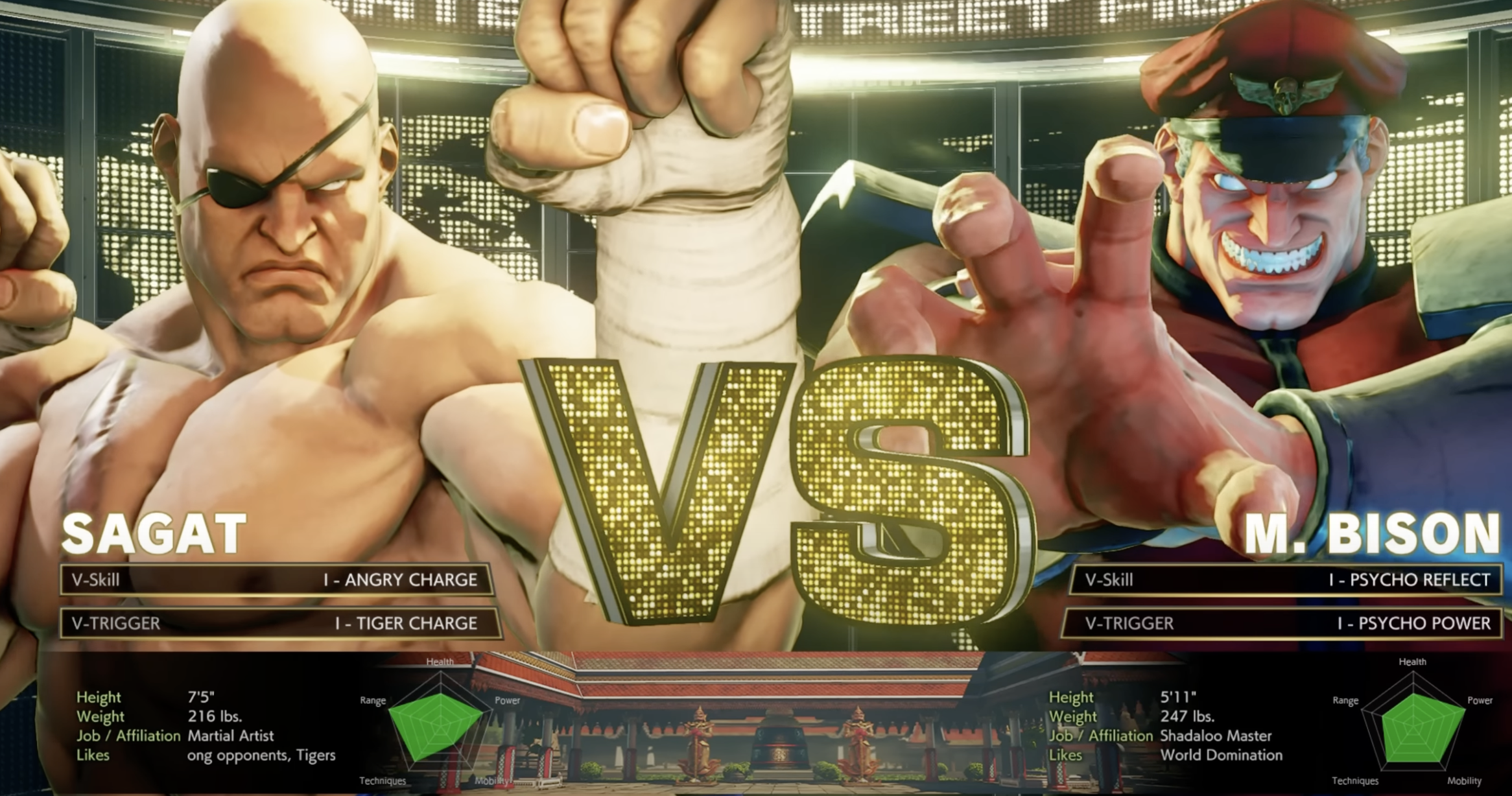
Street Fighter II, released in 1991, brought competitive fighting games to the forefront, with M. Bison as the ultimate challenge. His speed and power made him a formidable opponent, requiring players to master their chosen character’s moves. Bison’s battle became synonymous with arcade culture, where players would gather to test their skills against each other. This encounter highlighted the social aspect of gaming, fostering a community that thrived on competition and camaraderie. The cultural impact of Street Fighter II and its boss battles is still felt today in the thriving esports scene.
9. The Horror of Nemesis in Resident Evil 3

Resident Evil 3: Nemesis, released in 1999, introduced players to a relentless pursuer who could appear at any moment. Nemesis was not just a boss but a constant threat that added a layer of tension to the entire game. His unpredictable appearances forced players to stay alert, creating a sense of dread that is a hallmark of the survival horror genre. Nemesis’s design influenced the development of future horror games, emphasizing the importance of atmosphere and psychological tension in creating an immersive experience.
10. The Mythical Challenge: Zeus in God of War III
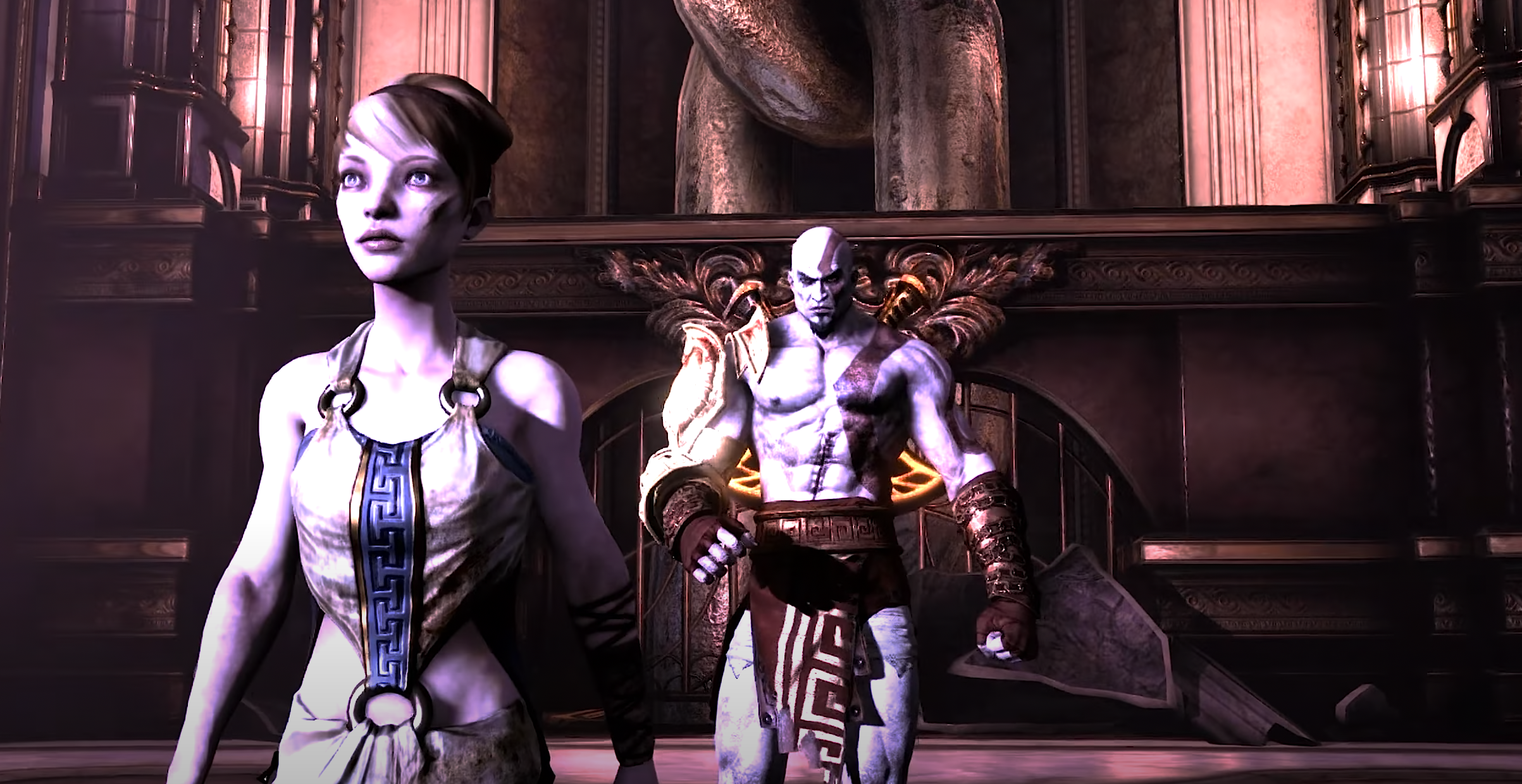
God of War III, released in 2010, culminated in an epic battle against Zeus, the King of the Gods. This encounter was a spectacle of scale and brutality, embodying the series’ signature blend of mythology and action. Players had to utilize all of Kratos’s abilities to defeat Zeus, a testament to the game’s intricate combat system. The battle’s cinematic presentation and narrative significance showcased the potential of video games as a storytelling medium, influencing the design of future action games that seek to blend gameplay with narrative.
11. The Strategic Depth of Ganondorf in The Legend of Zelda: Breath of the Wild
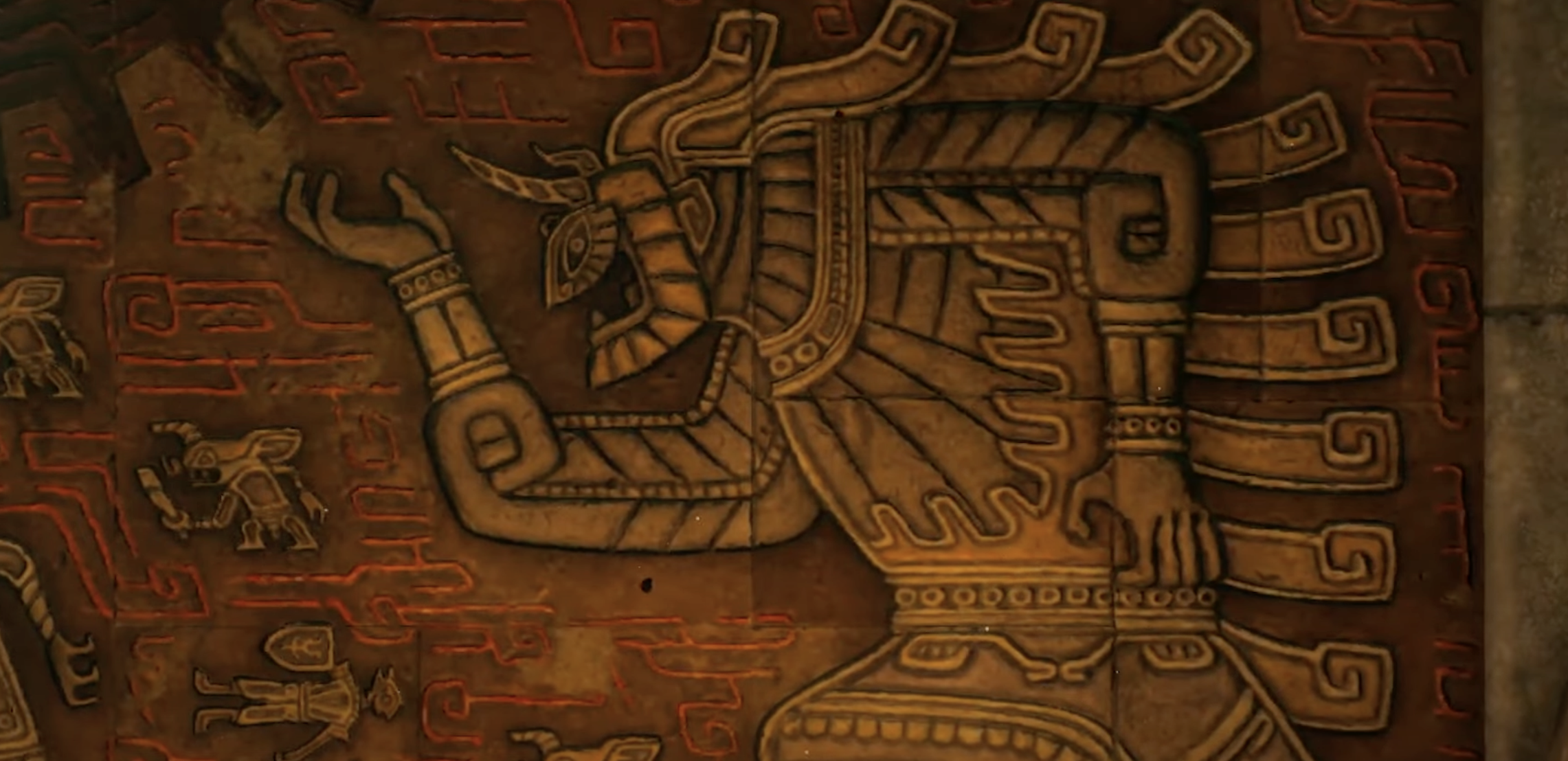
The Legend of Zelda: Breath of the Wild, released in 2017, offered a fresh take on the classic confrontation with Ganondorf. This battle required players to harness the game’s open-world mechanics, encouraging exploration and creativity. Players could approach the fight with a variety of strategies, reflecting the game’s emphasis on player choice. This encounter highlighted the evolution of boss battles, showcasing the potential for strategic depth and personalization in modern gaming. Ganondorf’s battle in Breath of the Wild stands as a testament to the series’ ability to innovate while honoring its legacy.
The Enduring Impact of Iconic Boss Battles
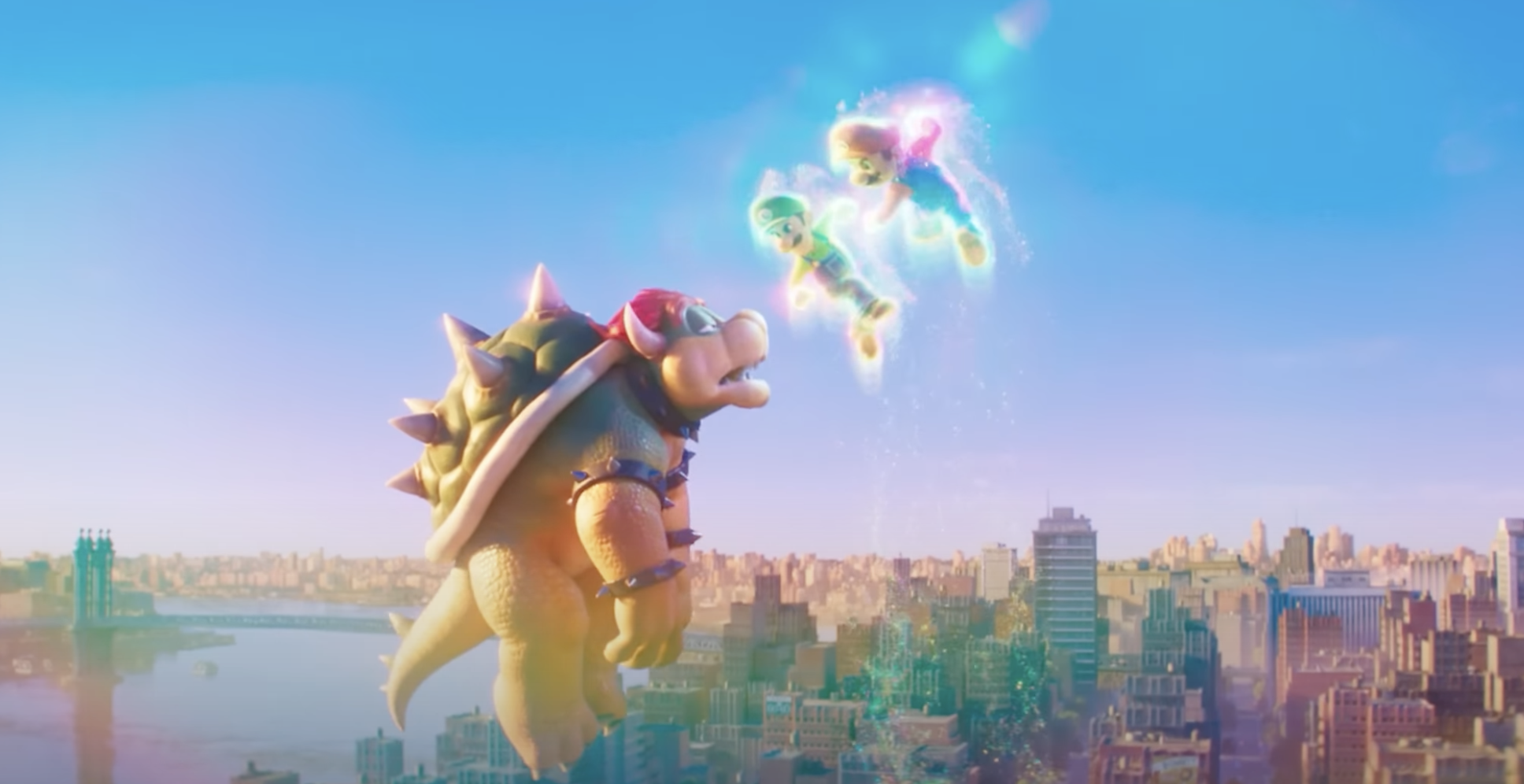
From dodging pixelated fireballs to outsmarting galaxy-sized villains, boss battles have always been the beating heart of gaming. They’re more than just level finales—they’re emotional peaks, technical showcases, and communal war stories passed down through decades. These epic showdowns have shaped how we play, how we design, and how we remember games. They’ve taught us patience, precision, and the thrill of persistence. More importantly, they’ve united players around the world with a shared language of grit and glory. Whether you're a retro purist or a next-gen warrior, these iconic clashes remind us why we pick up the controller in the first place—not just to win, but to feel something. As gaming continues to evolve, these boss battles stand as timeless markers of ambition and imagination. And for every “Game Over,” they’ve given us one more reason to hit “Continue.” The legend lives on—one battle at a time.


